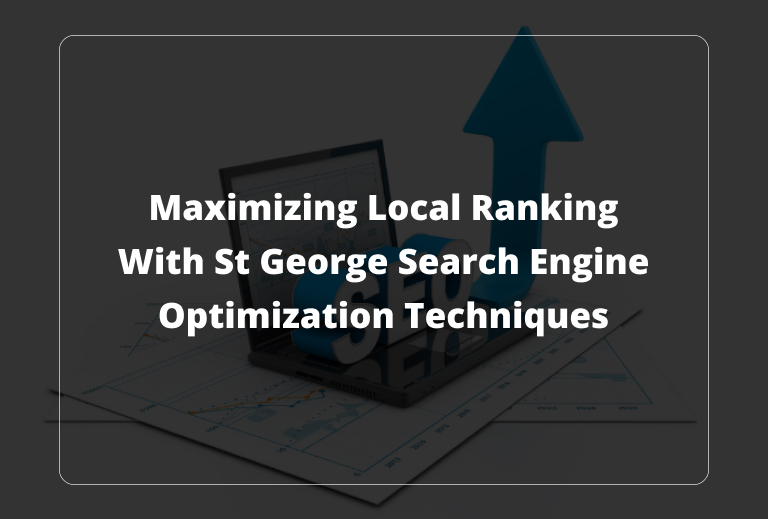Why Local Visibility Translates to Profit
78% of local mobile searches lead to an in-store purchase within 24 hours. That’s not trivia. That’s a live wire of intent running straight into your cash register.
Local search optimization isn’t about vanity rankings. It’s a precision tool for converting nearby searchers into paying customers before they wander to a competitor.The power lies in matching proximity with relevance at the exact moment a buyer is ready to act.
In the sections ahead, we’ll strip away the fluff and dive into the practical levers that actually move the needle: structural signals, geo-specific content, community resonance, review dominance, measurable performance tracking, adaptive refinement, and a forward-leaning look at what’s coming next.
Core Neighborhood SEO Strategies
If your Google Business Profile is half-complete, you’re already bleeding leads. Treat it like a storefront window: every field filled, every image crisp, every update fresh.
NAP consistency – name, address, phone – is non-negotiable. One typo across directories can trip algorithmic wires and erode trust. Local citations act as your digital street signs, pointing search engines toward your legitimacy.
Audit them ruthlessly. Look for mismatches, outdated profiles, or absent listings. When you want specialized firepower for competitive markets, experienced operators in St George SEO services can dismantle these inefficiencies quickly.
The point is to control your foundational signals so they reinforce each other and make it impossible for a search engine to doubt your authenticity or relevance.
Building Geo-Targeted Landing Pages That Convert
A high-performing location page is not a cookie-cutter clone. First, lead with a headline that mirrors the local vernacular and value proposition. Drop an embedded map to remove any friction in finding you.
Write service descriptions tailored to the neighborhood’s quirks and customer priorities, not a generic laundry list. Layer in schema markup like LocalBusiness and Service so search engines understand the context and surface you for rich results.
For conversion improvement, test headline variations that push urgency against those that build trust, and compare direct “Book Now” calls against more consultative prompts. The strongest converts often come from unexpected phrasing revealed through disciplined A/B testing.
Content That Resonates with Local Audiences
If your blog reads like it could belong to any city, you’ve already lost local interest. Center your content on the pulse of the community: festivals, high school championships, seasonal shifts in demand.
Reference recognizable landmarks or colloquial turns of phrase without turning it into a gimmick. This tells the reader and Google you’re part of the fabric, not a parachute brand.
Link your city-specific landing pages with related blog articles in a way that feels like threading a conversation, not padding metrics. Keep the internal linking strategic so readers move deeper into the site along a path that matches the buying cycle.
Reputation Management in Community Search
Reviews are your public currency. Earn them daily. Don’t rely on passive hope; train your team to ask at the moment of highest satisfaction. Respond to every review with brevity and personality.
A canned thank-you is wasted space. In a follow-up email or text, give the customer an easy path to repeat business. For positive feedback, amplify the goodwill in a way that shows future readers you deliver consistently.
For criticism, own the fix publicly to demonstrate integrity. Velocity matters: a trickle of fresh reviews signals ongoing relevance, and a consistently positive sentiment can tip the scale in tight ranking battles.
Monitoring Local Campaign Performance
Local impressions tell you visibility. Search position by zip code reveals where you’re winning and where you’re invisible. CTR shows how your snippets perform in the wild.
Driving-direction requests are a hard proxy for people actually intending to walk through your door. Use tools that pull this into one dashboard if you manage multiple locations, so you’re not juggling scattered reports.
Configure geo-specific alerts to catch ranking drops in real time. The faster you see a slide in a key neighborhood, the faster you can plug the leak before it becomes a revenue sink.
Iterating Geo-Local Tactics for Sustained Growth
Seasonality shifts your keyword landscape whether you track it or not. Run quarterly refreshes to capture terms your competitors are too slow to notice.
Apply the insights to slight but deliberate tweaks in title tags or meta descriptions, using actual performance data, not assumptions. Feed what you learn back to the frontline team.
They’ll know when customer questions start to change before any report shows it. Loop their insights into your content and targeting so search visibility mirrors the market’s evolution instead of lagging behind it.
Pioneering Future Community Engagement
Voice searches for “near me” are already cannibalizing traditional queries. Mobile-first indexing is no longer a forecast it’s the operating reality.
AI is mapping user intent faster than most marketing departments can update their playbooks. Now’s the time to run micro-experiments. Test a hyper-local video highlighting a single block.
Drop in a chat widget staffed during peak local browsing hours. Fine-tune ad copy that calls out specific intersections instead of vague service areas.
Pick one of these ideas and push it live this month. Watch the data for 30 days. The difference between leaders and laggards is the discipline to test without waiting for a perfect plan.


